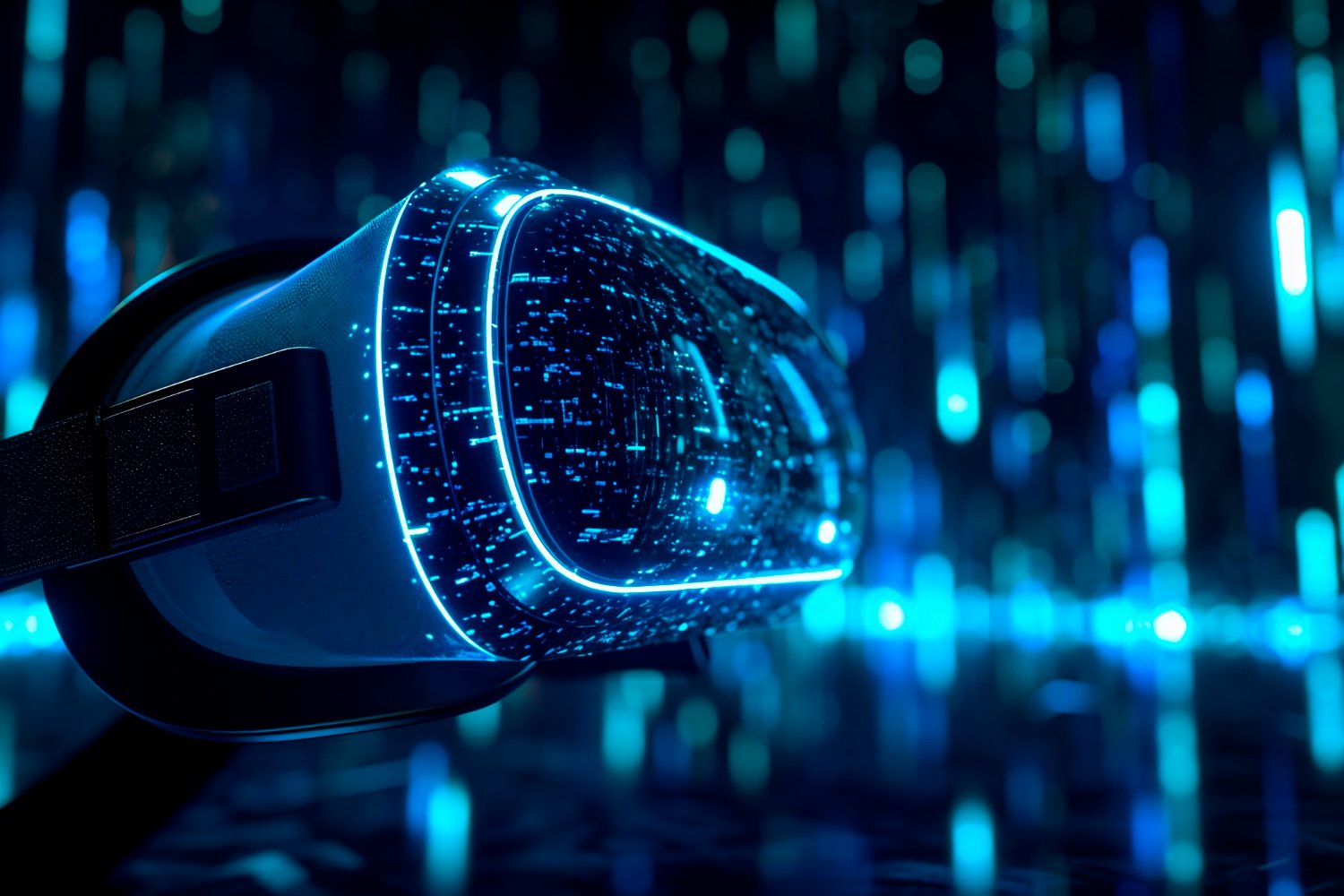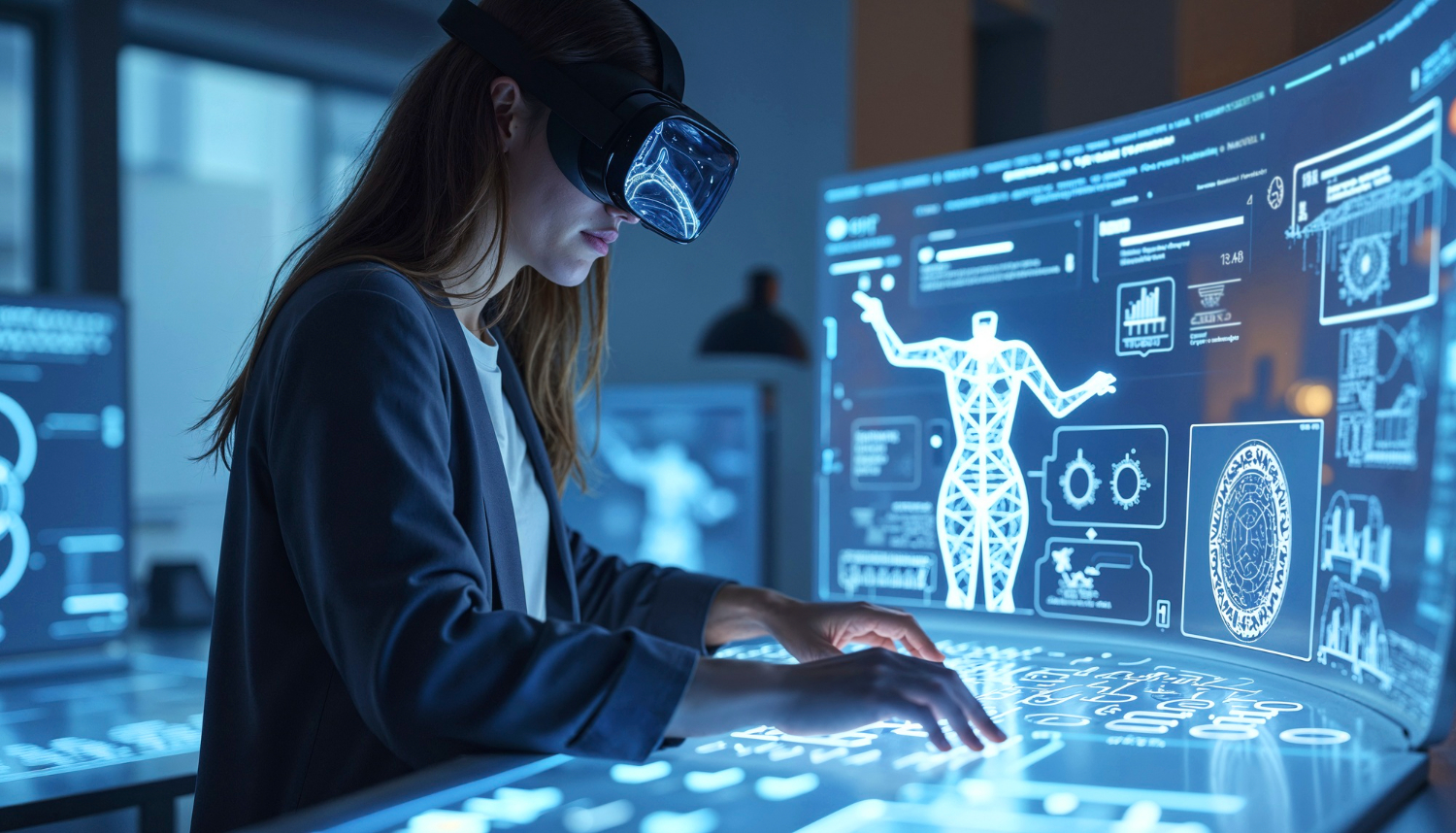Telecommunications connects billions daily, and as networks grow, precision and efficiency matter more than ever. Computer vision brings advanced visual processing into telecom operations, helping systems work faster and more accurately.
It processes digital images and real time video to support many operational needs, from detecting faults and monitoring infrastructure to improving customer experiences. When computer vision works alongside telecommunications, the results include faster decisions, reduced downtime, and higher reliability. This happens because artificial intelligence (AI), machine learning, and deep learning model designs allow systems to classify objects, read text, and track assets without relying on manual checks.
How Computer Vision Powers Telecom Operations
Computer vision enables telecom systems to process images or video feeds automatically. Convolutional neural networks (CNNs) form the core of this process, breaking down visual data into smaller features for analysis.
These features allow systems to identify specific objects and patterns with precision. A common example is when a cell tower camera captures signs of equipment wear. Real time detection allows engineers to schedule maintenance before problems escalate. Such proactive action improves operational stability and reduces repair costs.
Object Detection and Monitoring
Object detection supports field monitoring by identifying potential risks before they cause service interruptions. Cameras positioned along fibre networks can spot foreign objects or unauthorised activity near sensitive installations.
A convolutional neural network can highlight these risks instantly. In cities, detection systems track utility vehicles near telecom lines, classify objects, and send alerts to prevent damage. This capability keeps service availability high while lowering the risk of accidental outages.
Read more: Object Detection in Computer Vision: Key Uses and Insights
Optical Character Recognition for Data Management
Optical character recognition (OCR) converts printed or handwritten information into digital formats, removing the need for manual entry. In telecommunications, OCR plays a role in inventory management, equipment labelling, and document handling. When technicians take images of serial numbers or IDs, the system reads and stores the data automatically. This reduces typing errors, shortens processing time, and ensures accurate records for maintenance and audits.
Real Time Video Surveillance
Real time video analysis provides continuous oversight of telecom assets, whether in data centres or remote towers. Object tracking detects unauthorised access and alerts security teams immediately. This not only protects equipment from theft or vandalism but also ensures safety compliance for workers. For high-risk environments, automated monitoring becomes a crucial safeguard.
Image Segmentation for Infrastructure Management
Image segmentation breaks down a digital image into distinct sections for targeted analysis. In telecom infrastructure, this method identifies damaged cables within a bundle or faults in connectors. By pinpointing exact problem areas, engineers avoid time-consuming manual inspections. This targeted approach reduces repair time and prevents unnecessary disruption to services.
Read more: Image Segmentation Methods in Modern Computer Vision
Assembly Line Quality Control
In telecom manufacturing, assembly lines produce equipment such as routers, antennas, and modems. Computer vision systems inspect each unit, using deep learning models to detect imperfections. We remove defective products before distribution, ensuring that only quality-tested equipment reaches customers. This maintains product standards and supports customer satisfaction.
Classifying and Tracking Objects
Telecom operations deal with varied physical assets, and classify objects functions help organise them efficiently. Aerial inspections from drones can classify objects as towers, cables, or antennas. This structured data integrates with asset tracking systems, ensuring accurate maintenance schedules. Object tracking also follows tools or components during field operations, reducing misplacement and improving workflow.
Machine Learning Integration
Machine learning strengthens computer vision systems by allowing them to adapt to different environments. Images or videos from different sites may have different lighting or quality. However, the system gets better as it processes more data. This ensures reliability across real world conditions, from rural installations to dense urban areas.
Read more: Machine Learning and AI in Modern Computer Science
Customer-Facing Enhancements
Customer service benefits from computer vision through automated quality checks in video calls and installations. If a call feed is blurry or too dark, image segmentation and object detection can help users change settings. These adjustments happen in real time, keeping visual standards consistent.
Deep Learning for Complex Pattern Recognition
Deep learning models, including convolutional neural networks, can analyse millions of digital images to detect subtle changes indicating faults. This is critical for detecting gradual wear or environmental effects on equipment. From aerial drone footage to handheld inspection devices, deep learning ensures high accuracy in diverse operational contexts.
Network Optimisation and Disaster Recovery
Computer vision tasks extend to antenna alignment checks, installation verification, and equipment placement validation. Automating these processes reduces repeated site visits and cuts operational costs. In disaster scenarios, image segmentation from aerial photography helps separate damaged infrastructure from functional systems. This allows rapid prioritisation of repairs and allocation of resources.
Specific Objects Recognition for Inventory and Safety
In warehouses, recognition systems track thousands of components, updating inventory in real time. This prevents shortages and ensures projects stay on schedule. On worksites, safety features use object detection to verify helmets, gloves, and vests. Real time monitoring also alerts teams to unsafe movements in hazardous zones.
Advanced Use Cases: From Fibre Maintenance to Satellite Imaging
Fibre optic cables, essential to telecom, require constant maintenance. Computer vision detects micro-fractures, connector wear, or sheath damage early, reducing service issues. CNNs categorise these faults for efficient repairs.
For rural expansion, satellite imaging identifies optimal tower sites and access routes. Image segmentation separates obstacles from workable terrain, while machine learning adapts the process to different landscapes.
Automation in Antenna Alignment and Tower Health
Accurate antenna alignment improves network performance. Computer vision uses real time video from drones to guide adjustments until optimal positioning is reached. Tower inspections also benefit, with deep learning spotting corrosion, joint fatigue, or missing parts. Object tracking observes changes over time, enabling planned maintenance rather than reactive repairs.
Data Centre Monitoring and Automated Fault Detection
In data centres, computer vision checks for cable disconnections, overheating, or unauthorised entry. OCR automates inventory of servers and equipment, while AI-powered systems classify faults and suggest repairs instantly. This applies equally to manufacturing assembly lines, where faults are flagged before products leave the facility.
Installation Verification and Energy Management
Cable installations are verified using image segmentation to ensure correct placement and depth. Object tracking ensures all steps are completed, reducing costly rework. Energy systems also benefit, as computer vision identifies inefficiencies through heat pattern analysis, extending equipment life and lowering expenses.
Security, Traffic Analysis, and Customer Equipment Checks
Remote telecom sites gain security through real time video alerts for intrusions or wildlife interference. Traffic monitoring in urban areas informs network load balancing by predicting high-demand times. On the customer side, images from service visits are analysed to classify and resolve equipment faults on the first attempt.
Predictive Maintenance and Hardware Quality Assurance
By tracking wear patterns on moving parts, computer vision forecasts maintenance needs before breakdowns occur. In software-defined networking hardware, inspections catch alignment errors or component defects. Over time, deep learning improves these checks, cutting waste and boosting quality.
Training, Augmented Reality, and Urban Planning
Training programs integrate labelled images to help new technicians identify specific objects and faults in real world scenarios. Augmented reality headsets highlight components and display OCR-read specifications, reducing errors. In urban planning, traffic lights and street structures are mapped to optimise antenna placement.
Read nore: The Future of Cities Lies in AI and Smart Urban Design
Noise Source Detection and Cooling Unit Inspections
Computer vision identifies environmental or mechanical noise sources affecting outdoor installations. Cooling systems are monitored for dirt or misalignment, with deep learning recommending cleaning or replacement schedules. These measures keep equipment performing at peak efficiency.
End-to-End Supply Chain Tracking
From sourcing raw materials to delivering the finished product, computer vision follows telecom equipment throughout its life cycle. Specific objects recognition ensures compliance and quality at each stage. This visibility strengthens both operations and regulatory compliance.
Integration with IoT in Telecom Networks
Computer vision integrates with Internet of Things (IoT) devices across telecom infrastructure to create connected monitoring environments. Cameras and sensors positioned along transmission paths provide continuous feeds.
Machine learning processes this data, correlating visual events with sensor readings such as temperature or vibration. This connection strengthens diagnostic accuracy. When an IoT sensor detects irregular vibrations in a fibre cabinet, the computer vision system confirms the presence of physical strain or damage through real time video. This combined verification improves decision-making speed for field teams.
Automated Compliance Verification
Telecom operators must adhere to strict regulatory guidelines for safety and performance. Computer vision systems assess installations against compliance standards in the real world. Object detection checks for approved equipment models, correct mounting angles, and proper cable routing.
Image segmentation separates compliant sections from problem areas, allowing engineers to address issues without a complete site overhaul. This targeted verification process reduces both inspection times and operational disruptions while maintaining adherence to national and international regulations.
Read more: AI-Powered Compliance for Aviation Standards
Environmental Impact Assessment
Network expansion projects require detailed assessment of environmental factors. Computer vision tasks process satellite and aerial images to map vegetation, watercourses, and sensitive habitats. Convolutional neural networks classify objects within these images, such as protected plant species or man-made structures, enabling planning teams to avoid ecological damage.
Machine learning updates these maps in real time as construction progresses, ensuring work remains aligned with environmental guidelines. This reduces the likelihood of costly delays caused by non-compliance with environmental laws.
Enhancing Cross-Border Network Management
Telecommunications networks often span multiple countries. Computer vision enables unified monitoring of infrastructure across these borders. Systems process digital images from different regions, adapting to varied visual conditions such as climate, light quality, and terrain.
Deep learning models trained on diverse datasets maintain accuracy in identifying specific objects like towers, transmission lines, or service cabinets. Real time video monitoring supports coordination between regional teams, allowing swift responses to cross-border service incidents without jurisdictional delays.
Smart Scheduling for Field Technicians
Efficient scheduling of field teams improves operational efficiency. Computer vision processes images or video from previous site visits to assess the complexity of tasks. Object tracking records the movement of tools and materials during work, helping project managers estimate job durations.
By combining these insights with machine learning forecasts, dispatch systems assign technicians with the right skill sets and allocate time slots that match task demands. This reduces wasted travel and ensures that high-priority repairs receive immediate attention.
Public Space Monitoring for Equipment Protection
Telecom infrastructure in public areas faces risks from vandalism, accidental damage, and weather exposure. Computer vision systems watch real world environments, applying object detection to identify suspicious behaviour near equipment.
When paired with object tracking, the system follows individuals or vehicles approaching sensitive installations, triggering alerts for security personnel. In addition, image segmentation detects environmental hazards such as flooding or falling debris that could threaten service stability. These protective measures safeguard both equipment and public safety while avoiding expensive emergency repairs.
Read more: Smarter and More Accurate AI: Why Businesses Turn to HITL
Future Outlook and TechnoLynx’s Role
With the rise of 5G and future networks, computer vision systems will process even larger volumes of digital images and real-time video. These systems will classify objects, run image segmentation, and track assets with greater accuracy, supporting more efficient and secure operations.
TechnoLynx provides tailored computer vision solutions for telecommunications. Our systems combine CNNs, OCR, and deep learning to deliver object detection, segmentation, and tracking that fit real world conditions. From assembly line inspection to live network monitoring, our technology improves productivity and reduces costs.
Partnering with us gives telecom operators reliable AI-powered tools for consistent, measurable performance. Contact us now to start collaborating!
Image credits: Freepik













